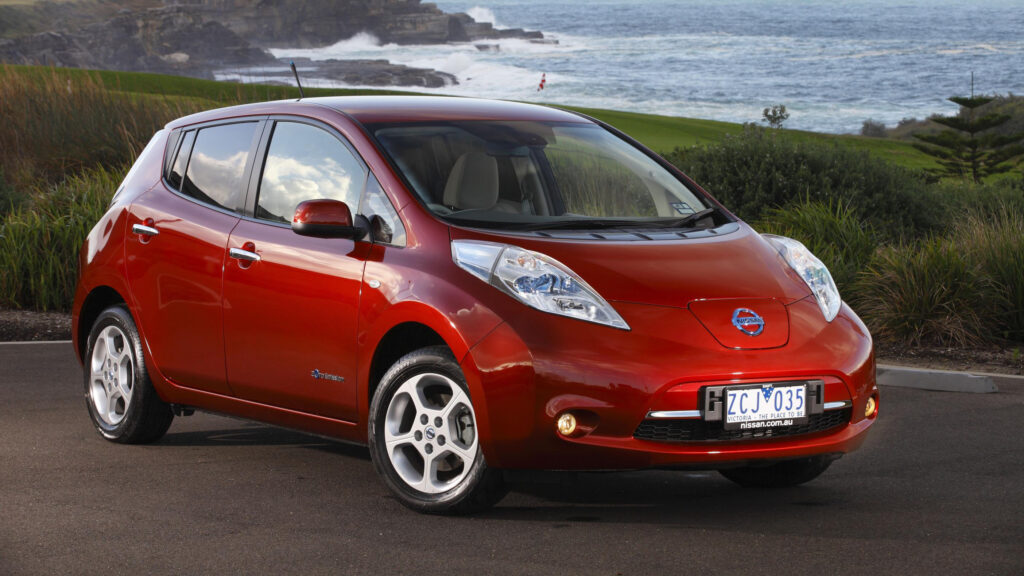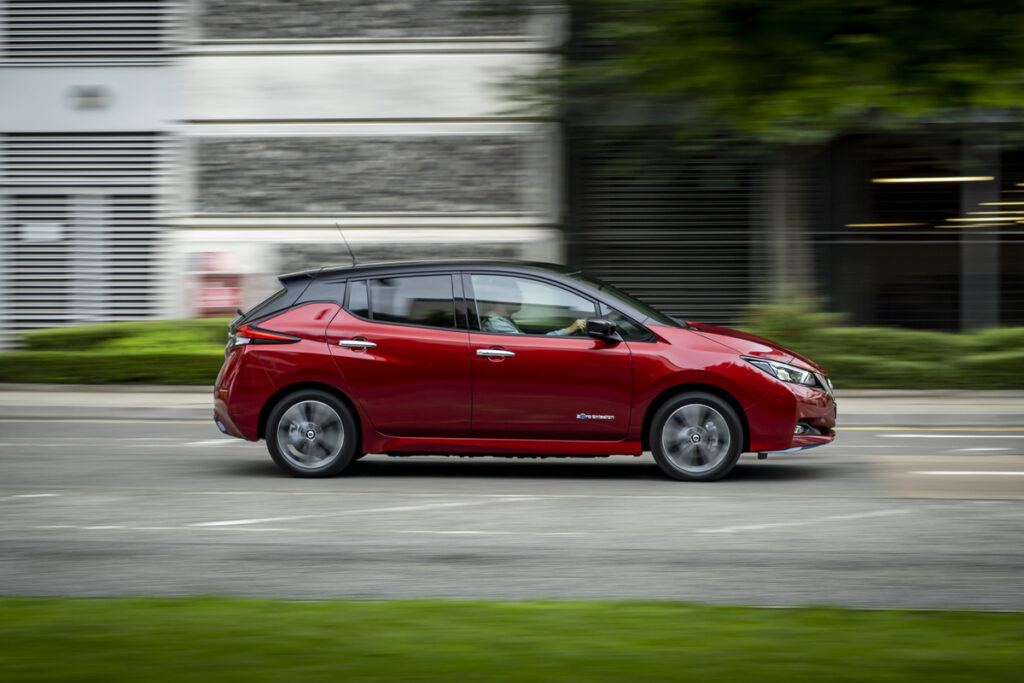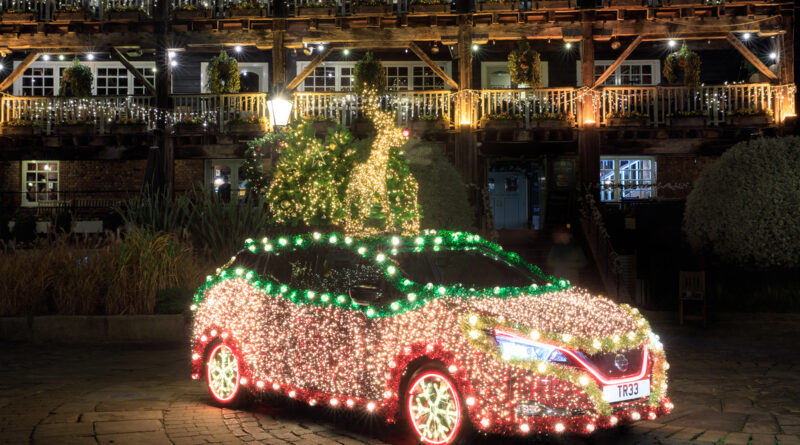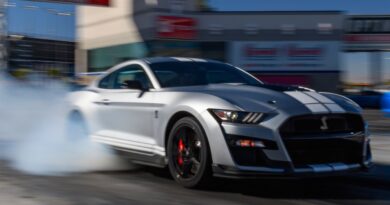Nissan Leaf turns 10 – we celebrate a decade of EV evolution
No matter your thoughts on the Nissan Leaf, its place at the top table of electric vehicles can’t be questioned.
Over 500,000 have been sold globally, and it currently sits behind only the Tesla Model 3 as the best-selling electric car of all time.
As the model celebrates its 10th birthday, Nissan has taken the opportunity to share how the Leaf has evolved in those ten years, and how the electric vehicle landscape has changed in that time. And why not? It’s been a miserable 2020 so far, so let’s focus on some positives.

The Leaf silently burst on the scene in late 2010 (Australia got its first taste in 2012), heralded as the world’s first mass-market EV. While the Chevrolet Volt may dispute this (they launched at very similar times), the Leaf took the plaudits.
In 2011 it was the first-ever EV to with the World Car of the Year award in the 47-year history of the prize. Since then the only other EV to scoop the top prize was Jaguar’s I-Pace in 2019.
Focusing on Australia, back in 2012 there were 13 Nissan EV dealers, while today there are 90 to “give us a broader scope to support those owners nationwide.”
But just how many owners? We barley make a dent in the Leaf’s half-million global sales, but the second-generation model (introduced here in August 2019) has been a far greater sales success than the first-generation.
Australians bought just 624 Gen 1 Leafs until it was removed from sale in 2015, while the Gen 2 model has already surpassed it in just one year: over 730 have found owners.
Showing the pace of development, a Leaf’s battery capacity has increased by 160% and its range by 120% – based on the MY11 Leaf 24kWh versus today’s Leaf e+ 62kWh. Using the NEDC (New European Driving Cycle) test, claimed range was around 170 kilometres in the first Leafs. Today’s WLTP testing gives the Leaf e+ a range of 385 kilometres.
Early Leafs offered 80kW/280Nm, while the e+ is good for 160kW/340Nm. Those first 24kWh lithium-ion battery packs could be charged to 80% in around half-an-hour. The 62kWh version of today (usable capacity is 56kWh according to the authoritative Electric Vehicle Database) takes roughly the same 30 minutes to go from 10-80% using a 100kW DC fast charger, but that gives you more than twice the range of the old car.

On the subject of charging, infrastructure has increased exponentially. While we in Australia bemoan our relative lack of public charge stations (although big strides are underway), in the EU public charge points have gone from 2,379 in 2011 to over 213,000 today.
If we look back a decade, infrastructure was a (very valid) key concern and barrier to buying an electric car. Range was another, but the great unknown was how long batteries would last, and how expensive they’d be to replace. It’s a concern that exists to this day, so new is the technology.
While reports of Nissan Leaf batteries degrading are easy to find via a few clicks on the Interweb – not helped by the model still not including a thermal management system for its batteries – Nissan insists Leaf batteries “have proven to be extremely durable.”

The manufacturer claims the batteries have been “without any critical incidents reported to Nissan since its launch in 2010.” At original launch the batteries came with a five-year/100,000km warranty, while these days it’s been upped to an eight-year/160,000km warranty.
Nissan says there’s been “an extremely low number of warranty claims,” but without releasing an actual warranty claim figure, what Nissan and the rest of us deem “an extremely low number” may be quite different.
But let’s finish on a positive note – and this time Nissan did give us a proper number. Its European research found 92% of European Leaf drivers would recommend driving an EV to friends and family. Even cutting through all of Nissan’s hyperbole, that’s a very encouraging number indeed.




